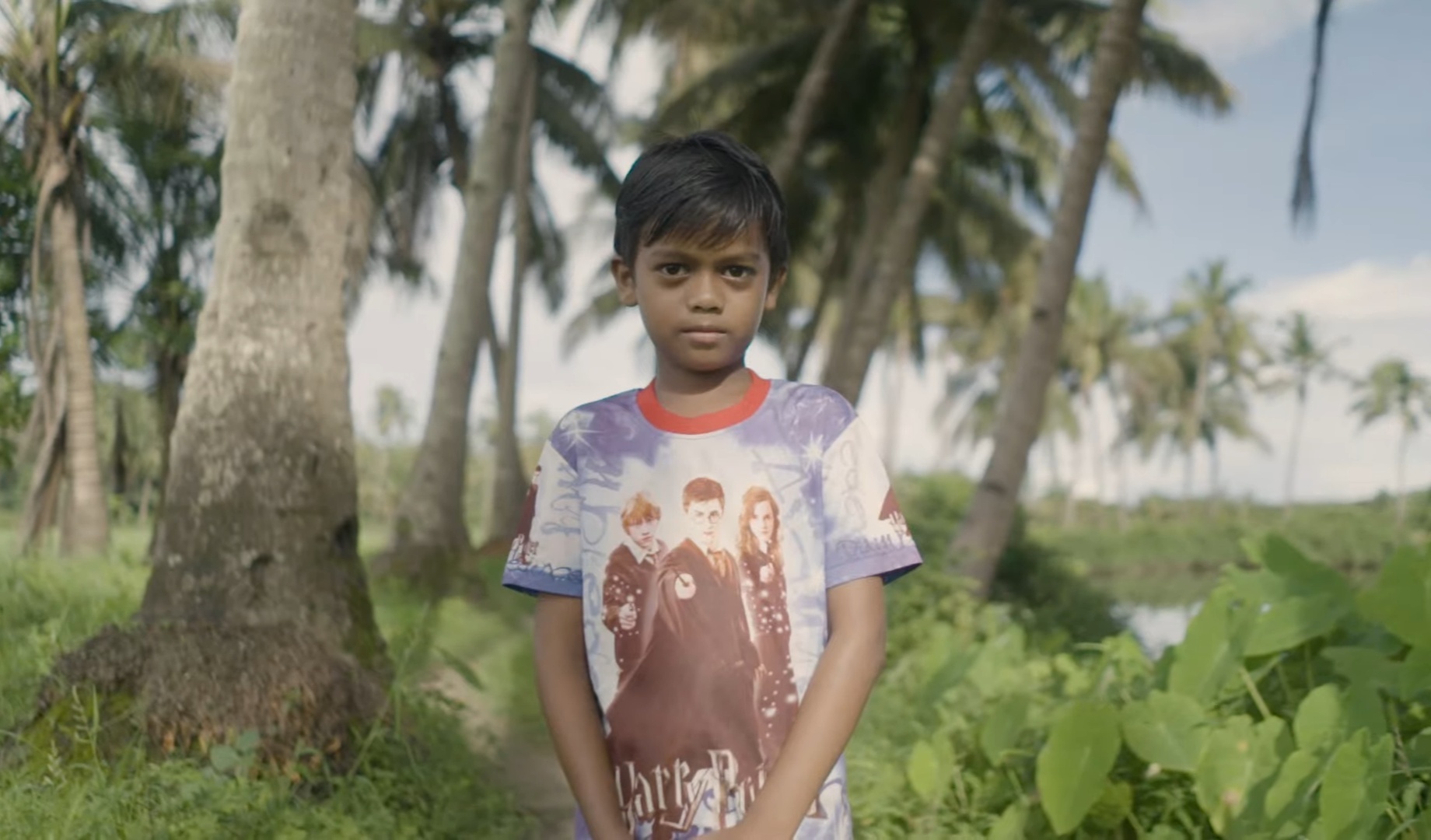In the middle of Bhagwan Mahavir Wildlife Sanctuary in Mollem, Goa, a huge patch of forest land has been cleared to build a sub-station for 400kv transmission line as part of a Central government’s state development project. “It almost looks like someone has shaved the area,” says a young student in the bilingual (English and Konkani) documentary film Magical Mollem: Goa’s Green Heart, which was shot in June 2020 to spread awareness about the threat to the dense evergreen and semi-evergreen forests of Mollem at the edge of the Western Ghats.
Apart from the transmission line, the Central government, along with the state government, has given its nod to two more infrastructure projects: a highway expansion and the double-tracking of a railway line. The project will lead to the chopping down of 59,024 trees in the sanctuary and Mollem National Park.
According to local communities, the decision was taken without their permission. The government, locals say, took advantage of the lockdown to approve and pass the projects.
“The government’s goal is to turn Goa into a coal hub. Over 51 million tonnes of coal will be transported from Mormugao Port through protected areas like Mollem National Park and rural villages to industries in Karnataka. This will destroy the tourism industry as it exists, and disrupt the biological diversity of Goa,” said the press note released by the documentary filmmakers.
Also read: How the ‘Fridays For Future’ India Chapter is Continuing in a Pandemic
In the film, locals say that Mollem is not only home to many endangered species but is also the source of water for the entire state. “This wildlife sanctuary supplies water to the Anjuna Dam, which is then supplied to most of Goa,” said a local.
Besides, locals also talk about the loss of their livelihood as a consequence if the project comes to fruition. “I am now atmanirbhar (self-reliant) with these trees that I have reared and with my dairy. But with these gone, I will come on the road,” said a member of the local community. “I don’t have any other source of income.”
‘Shared wealth’
The narrative voice of the film is that of a child. A child’s voice was intentionally used to underline the fact that the issue is not just pertinent to this generation but also for future generations.
According the makers of the film, local activists have been actively campaigning against the development projects ever since it was proposed in 2019. Goa Foundation is one such collective which believes in inter-generational equity and shared wealth, an idea that the film’s narrative voice symbolises.
“The land is for everybody. The community is fighting hard to save the land now so that the future generation breathes in a fresh air,” said one of the makers associated with the film.
The film also points out how the problem is not just limited to Goa, but spans across the country as over 31 such projects are in the pipeline. However, the level of destruction, communities say, is unprecedented in Mollem.
Local communities in Goa, therefore, have been vociferously conducting awareness programmes even during the lockdown so that the issue draws national and international attention. The young inhabitants have also been mobilising their peers through online events besides running an online petition to save Mollem which, up until now, has been signed by 123,343 people.
With the film now online, the makers intend to reach out to local panchayats to help in putting pressure on local governing bodies. As of now, the government has said that it will be sending representatives for a site inspection.
The importance of saving Mollem is clear when it comes to future generations, for as one of the makers pointed out: “Do you want water or you want transportation? If this forest land goes away, how will you drink water?”

